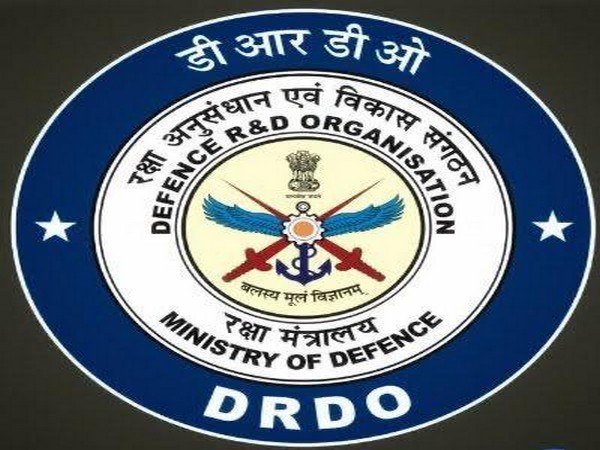DRDO and IIT Delhi Showcase Quantum Communication Breakthroughs, Paving the Way for Secure, Robust Communication Systems
The collaboration revealed successful demonstrations of entanglement distribution and QKD over a 50 km fiber link in the laboratory.

- Country:
- India
On November 26, 2024, the Defence Research and Development Organisation (DRDO) and IIT Delhi’s Industry Academia–Centre of Excellence (DIA-CoE) demonstrated significant advancements in quantum communication technologies. This includes the development of entanglement-based quantum key distribution (QKD) approaches that offer highly secure communication systems, crucial for both national defense and finance sectors.
The collaboration revealed successful demonstrations of entanglement distribution and QKD over a 50 km fiber link in the laboratory. A field test was also conducted over an 8 km fiber optic link on the IIT Delhi campus. These experiments mark key milestones in India's ongoing push to develop robust, secure quantum communication systems.
In a separate experiment, the team showcased Free-space Entanglement Distribution using the BBM-92 protocol, a core QKD method, achieving successful entanglement distribution between two tables separated by 20 meters in the lab and 80 meters in open space. This experiment is a significant step toward short-range quantum communication in free-space environments.
Another innovative experiment demonstrated Hybrid Entanglement in a free-space environment, with a Quantum Bit Error Rate (QBER) of around 6% at a distance of 10 meters in the laboratory. This breakthrough is essential for more flexible, multi-protocol quantum communication systems, which could support various independent communication channels simultaneously from a single source.
A key achievement in this quantum research is the development of an all-fiber heralded photon source, capable of generating single photons for secure quantum communication. This photon source, with a second-order correlation function (g² ~ 0.01), operates at rates of hundreds of kHz. Furthermore, a high-visibility entangled photon source has been developed, with a Bell test parameter greater than 2.6, ensuring strong quantum entanglement for protocols like BBM-92.
For free-space communication, the Free-space heralded single photon source demonstrated a heralding rate exceeding 4 million counts/sec, enabling robust free-space quantum communication.
The latest demonstrations build on the first Quantum Key Distribution (QKD) demonstration between Prayagraj and Vindhyachal (spanning 100 km) in February 2022, a project led by DRDO and IIT Delhi.
In addition to these advances, the indigenization of quantum communication components such as quantum sources, detectors, and non-linear crystals is underway. These projects are being developed at IIT Delhi in collaboration with DRDO labs such as DYSL-QT and SSPL, with funding from the Directorate of Futuristic Technology Management. The goal is to strengthen India’s capabilities in cutting-edge defense technologies.
Through initiatives like the DIA-CoE, DRDO and IIT Delhi are establishing a strong national footprint in quantum communication, having achieved critical breakthroughs in fiber and free-space QKD. These developments offer tremendous potential for enhancing security in strategic sectors such as defense and finance by ensuring tamper-evident, quantum-secure communication channels.
This collaboration between DRDO and IIT Delhi under the DIA-CoE represents a pivotal step toward securing India’s communications infrastructure through quantum technologies, positioning the nation as a leader in this emerging field.
- READ MORE ON:
- IIT Delhi
- DRDO
- Industry Academia–Centre of Excellence










